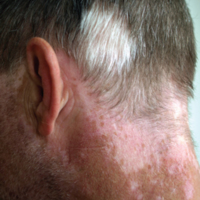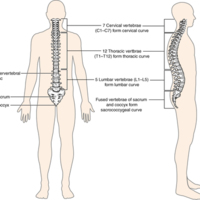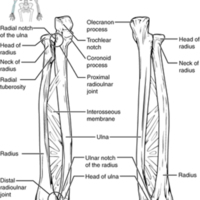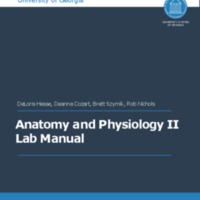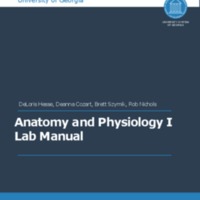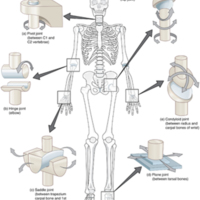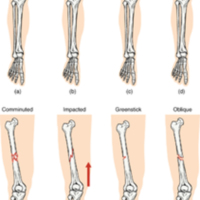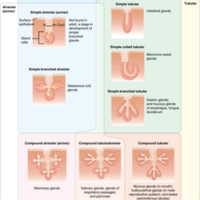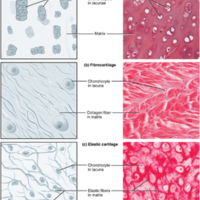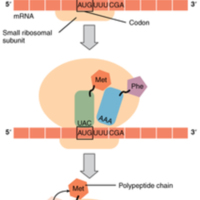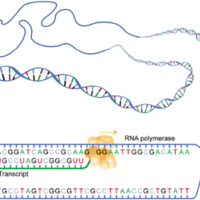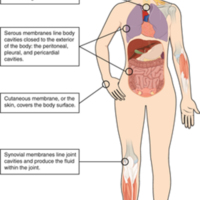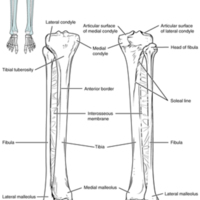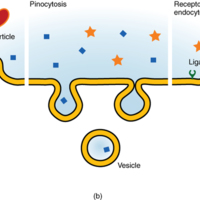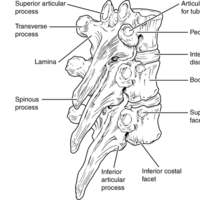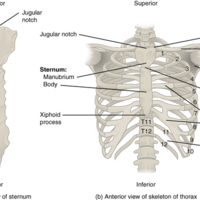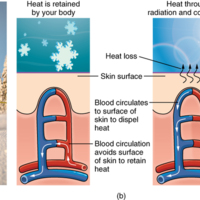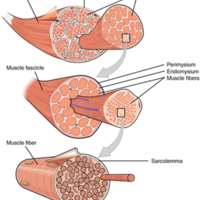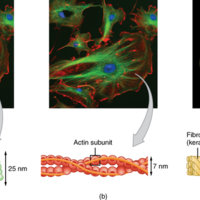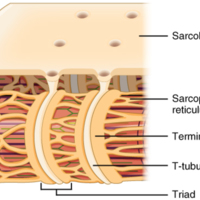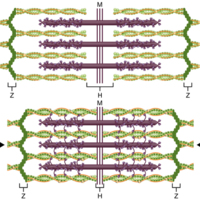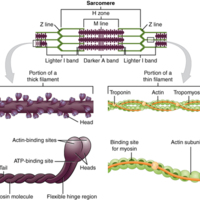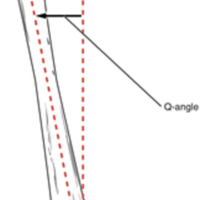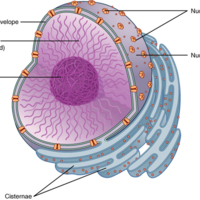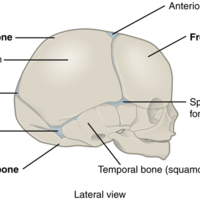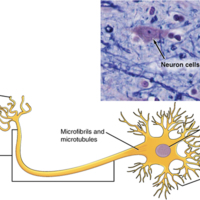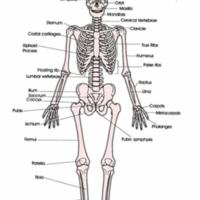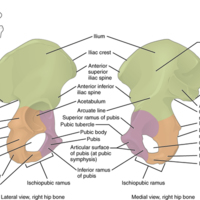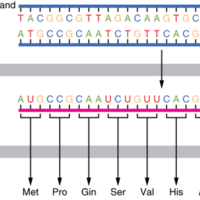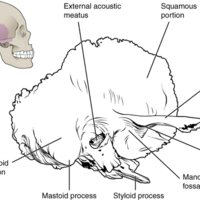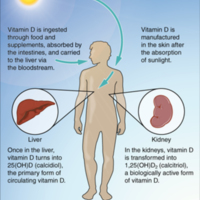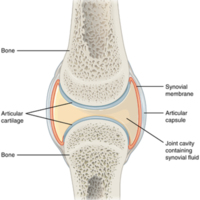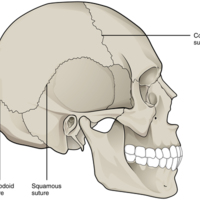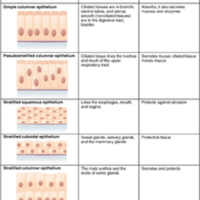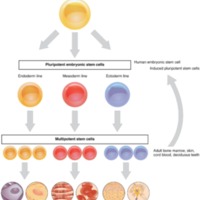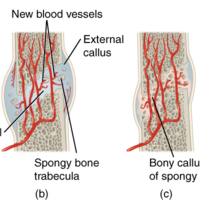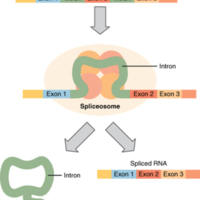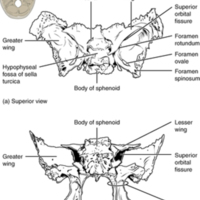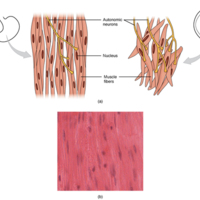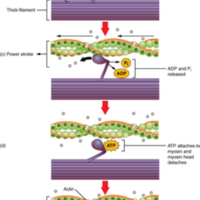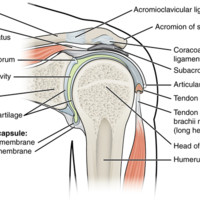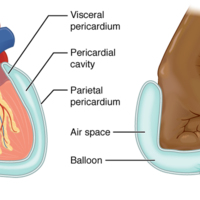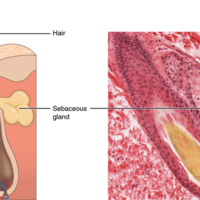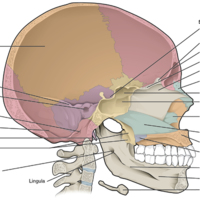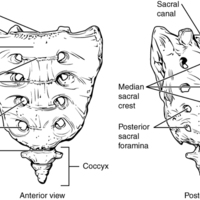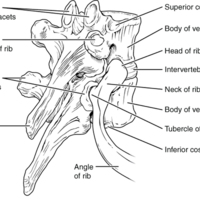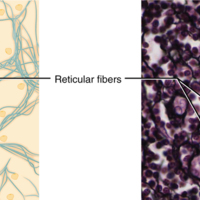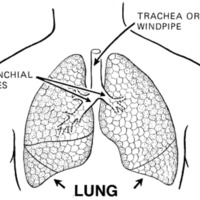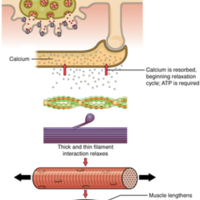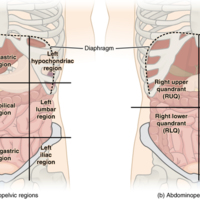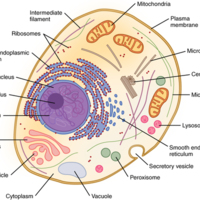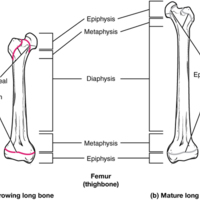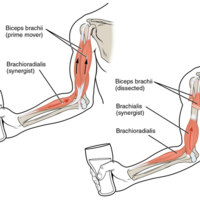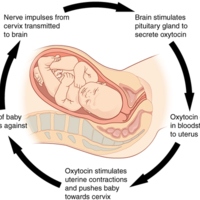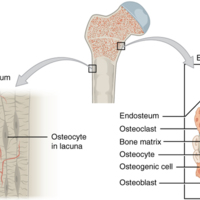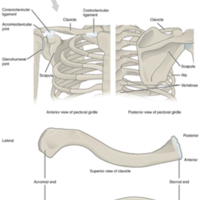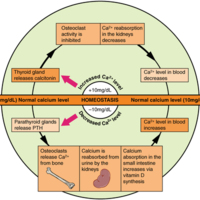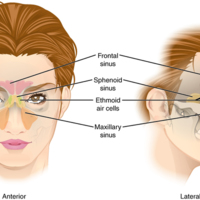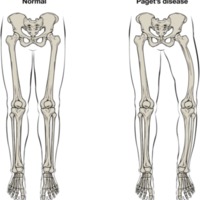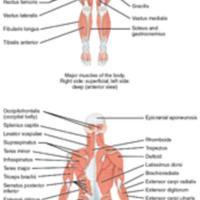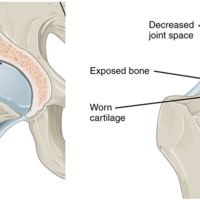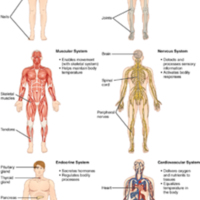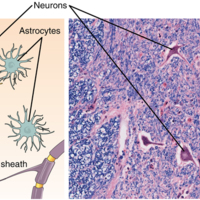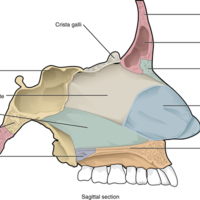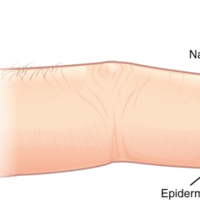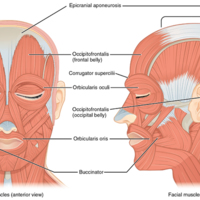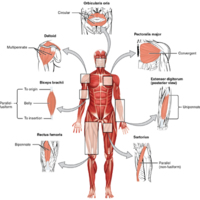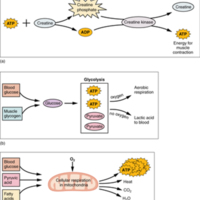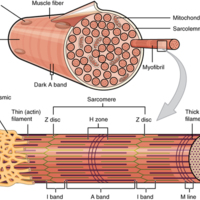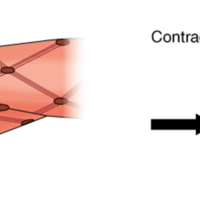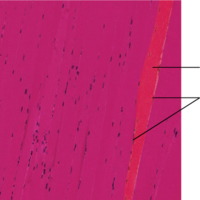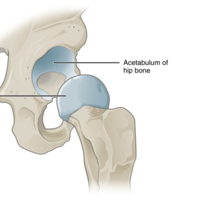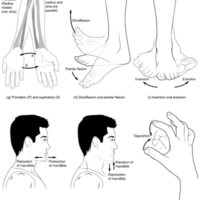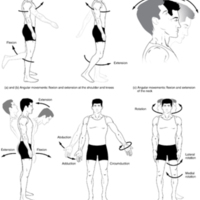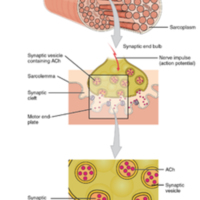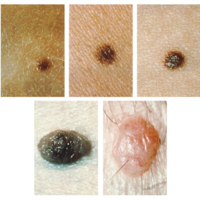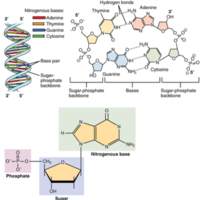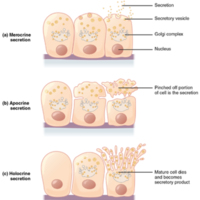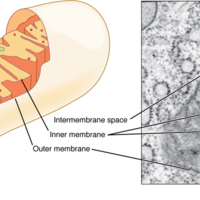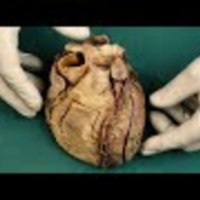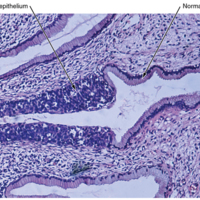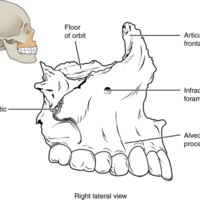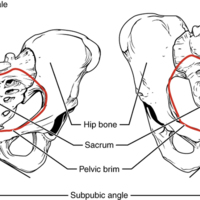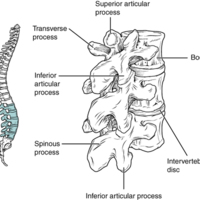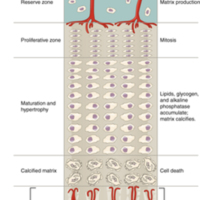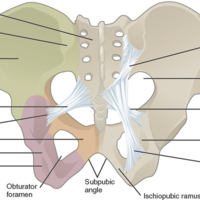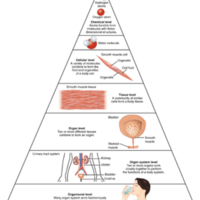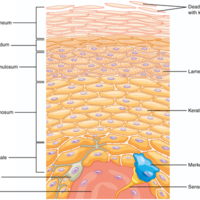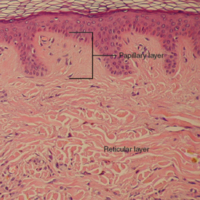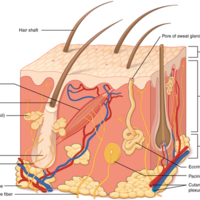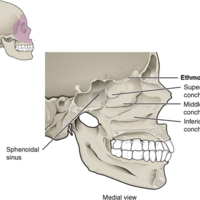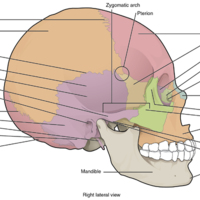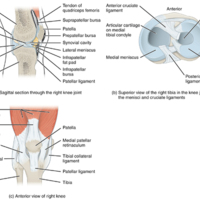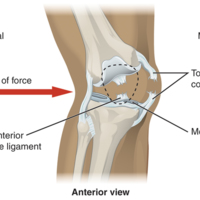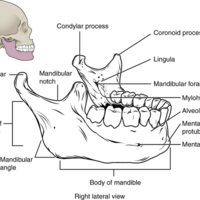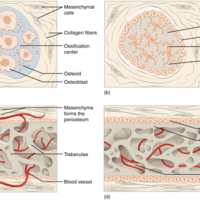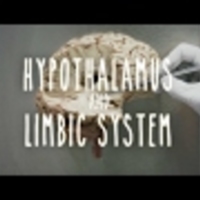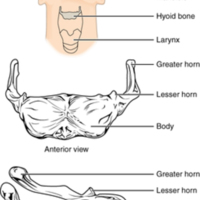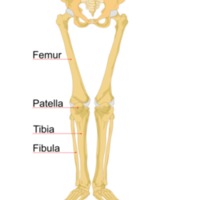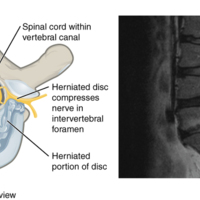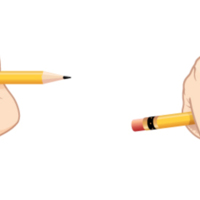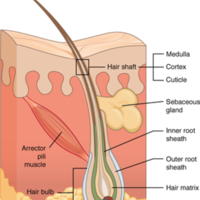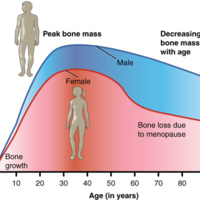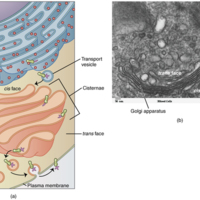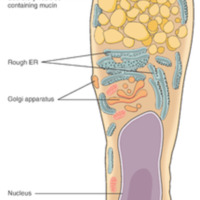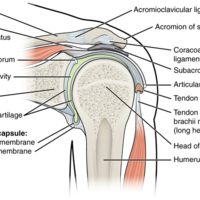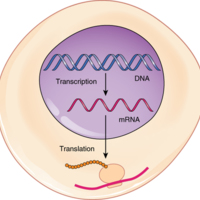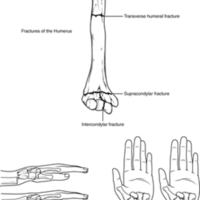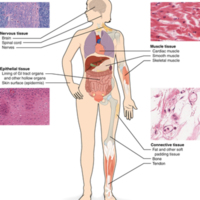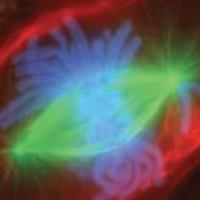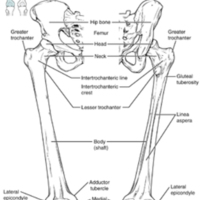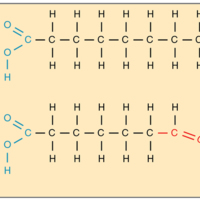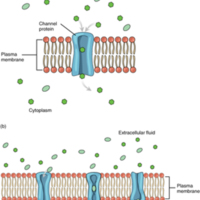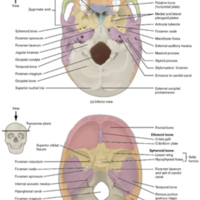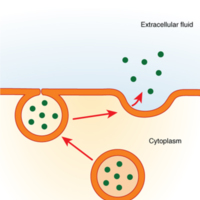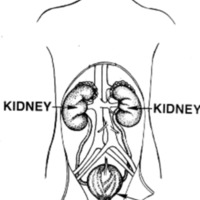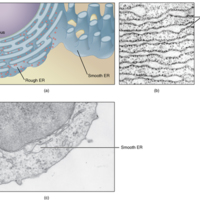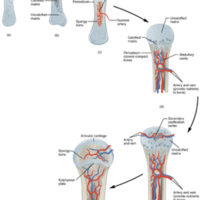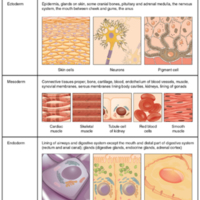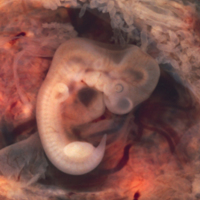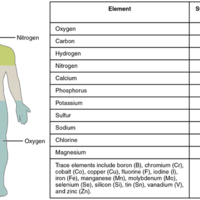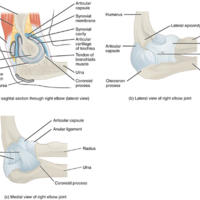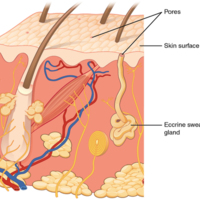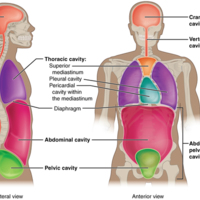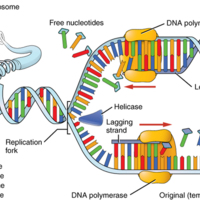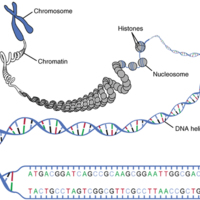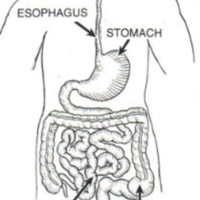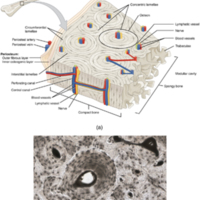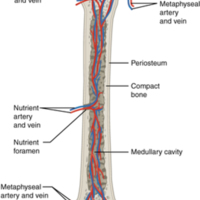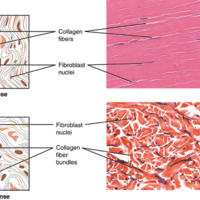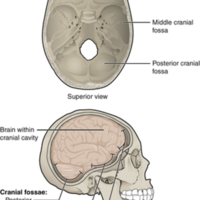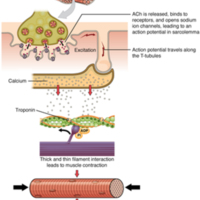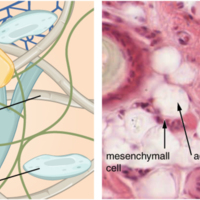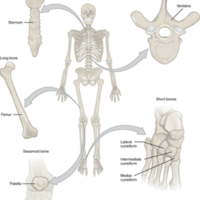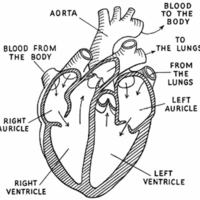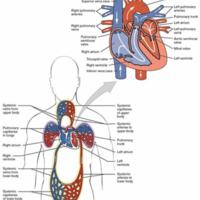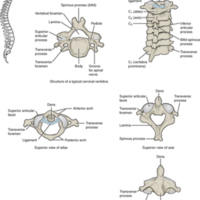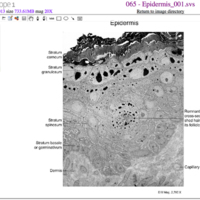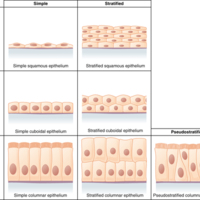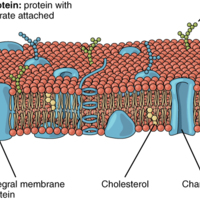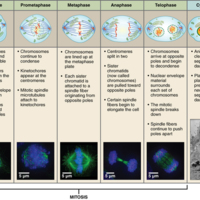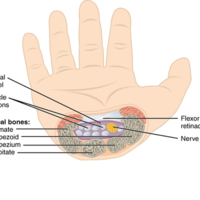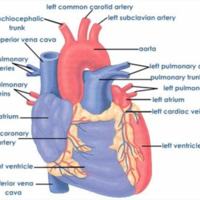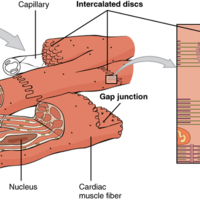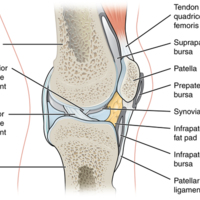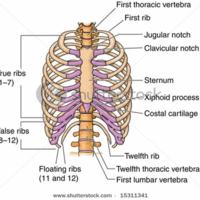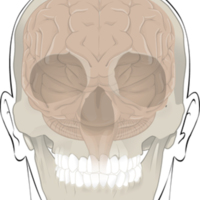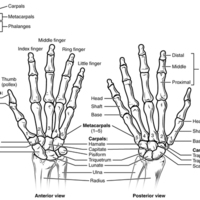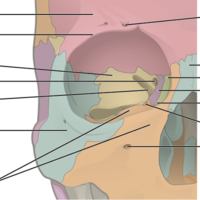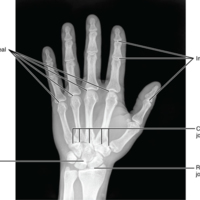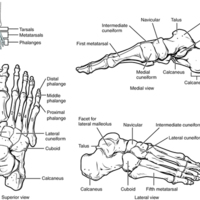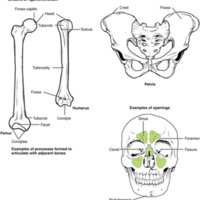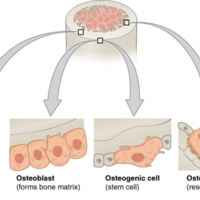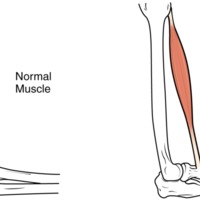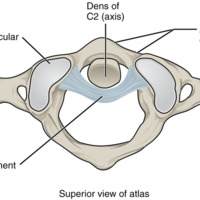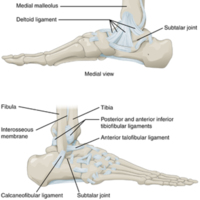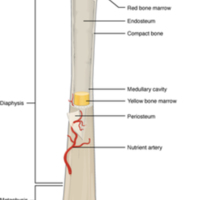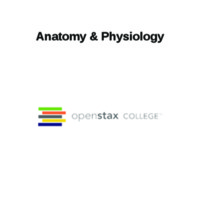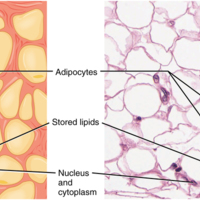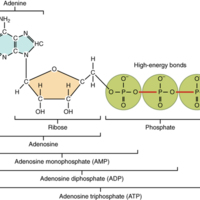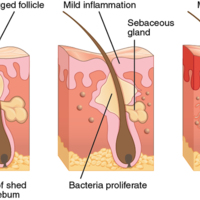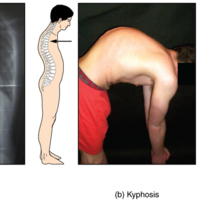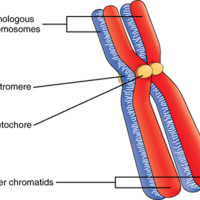Browse Items (193 total)
- Collection: 611 Human Anatomy, Cytology, Histology
Vitiligo
Tags: Anatomy & Physiology, Vitiligo
Vertebral Column
Ulna and Radius
Tags: Anatomy & Physiology, Radius, Ulna
UGA Anatomy and Physiology 2 Lab Manual
Blood Composition
Blood Typing
Heart Anatomy
Cardiovascular Physiology
Systemic Blood Vessels
Anatomy of the Respiratory System
Physiology of the Respiratory System
…
UGA Anatomy and Physiology 1 Lab Manual
Introduction
Tissues
Integument
Introduction to the Skeleton
Axial Skeleton: Skull
Axial Skeleton: Vertebral
Appendicular Skeleton: Introduction and Pectoral Girdle
…
Types of Synovial Joints
Types of Muscle Contractions
Types of Fractures
Tags: Anatomy & Physiology, Body, Fractures
Types of Cell Junctions
Types of Cartilage
Translation from RNA to Protein
Transcription: from DNA to mRNA
Tissue Membranes
Tibia and Fibula
Tags: Anatomy & Physiology, Fibula, Tibia
Three Forms of Endocytosis
Tags: anatomy, Endocytosis, Three Forms
Thoracic Vertebrae
Thoracic Cage
Thermoregulation
The Three Types of Muscle Tissue
The Three Connective Tissue Layers
The Three Components of the Cytoskeleton
Tags: anatomy, Cytoskeleton
The T-tubule
Tags: Anatomy & Physiology, biology, T-tubule
The Sliding Filament Model of Muscle Contraction
The Sarcomere
Tags: Anatomy & Physiology, Sarcomere
The Q-Angle
Tags: Anatomy & Physiology, Q-Angle
The Nose and its Adjacent Structures
The Newborn Skull
The Neuron
Tags: Anatomy and Physiology, Neuron
The Human Skeleton
Our vital organs in our body are protected by our skeleton. More specifically our brain which is protected by what is called the skull and our heart and lungs are protected by our rib…
Tags: Human Anatomy, Human Skeleton
The Hip Bone
Tags: Anatomy & Physiology, Hip Bone
The Genetic Code
Tags: Anatomy & Physiology, Genetic, Genetic Code
Temporomandibular Joint
Temporal Bone
Synovial Joints
Suture Joints of Skull
Tags: Anatomy & Physiology, Skull
Summary of Epithelial Tissue Cells
Stem Cells
Tags: Anatomy & Physiology, Stem Cells
Stages in Fracture Repair
Tags: Anatomy & Physiology, Body, Fracture
Splicing DNA
Tags: Anatomy & Physiology, DNA
Sphenoid Bone
Sodium-Potassium Pump
Tags: anatomy, Sodium-Potassium Pump
Smooth Muscle Tissue
Skin Pigmentation
Skeletal Muscle Contraction
Simple Diffusion across the Cell (Plasma) Membrane
Tags: Cell (Plasma) Membrane
Shoulder Joint
Tags: Human Anatomy, Shoulder Joint
Serous Membrane
Tags: Human Anatomy, Serous Membrane
Sebaceous Glands
Scapula
Tags: Anatomy & Physiology, Scapula
Sagittal Section of Skull
Sacrum and Coccyx
Tags: Anatomy & Physiology, Coccyx, Sacrum
Rib Articulation in Thoracic Vertebrae
Reticular Tissue
Respiratory System
Tags: Human Anatomy, respiratory system
Relaxation of a Muscle Fiber
Regions and Quadrants of the Peritoneal Cavity
Tags: Peritoneal Cavity, Quadrants, Regions
Prototypical Human Cell
Tags: anatomy, Human Cell, Prototypical
Progression from Epiphyseal Plate to Epiphyseal Line
Prime Movers and Synergists
Posterior View of Skull
Tags: Anatomy & Physiology, Skull
Positive Feedback Loop
Periosteum and Endosteum
Tags: Anatomy & Physiology, Endosteum, Periosteum
Pelvis
Tags: Anatomy & Physiology, Pelvis
Pectoral Girdle
Pathways in Calcium Homeostasis
Parts of the Skull
Tags: Anatomy & Physiology, Skull
Parts of a Typical Vertebra
Paranasal Sinuses
Paget's Disease
Overview of the Muscular System
Osteoporosis
Tags: Anatomy & Physiology, Osteoporosis
Osteoarthritis
Newborn Skull
Nervous Tissue
Tags: Anatomy & Physiology, Nervous Tissue, Tissue
Nasal Septum
Tags: Anatomy & Physiology, Nasal Septum
Nails
Tags: Anatomy & Physiology, Body, Nails
Muscles of Facial Expression
Muscle Shapes and Fiber Alignment
Muscle Metabolism
Muscle Fiber
Tags: Anatomy & Physiology, Muscle Fiber
Muscle Contraction
Multinucleate Muscle Cell
Tags: Anatomy & Physiology, Muscle Cell
Multiaxial Joint
Movements of the Body, Part 2
Tags: Anatomy & Physiology, Body, Movement
Movements of the Body, Part 1
Tags: Anatomy & Physiology, Body, Movements
Motor Units
Motor End-Plate and Innervation
Moles
Tags: Anatomy & Physiology, Moles
Molecular Structure of DNA
Tags: Anatomy & Physiology, DNA
Modes of Glandular Secretion
Mitochondrion
Tags: anatomy, Mitochondrion
Micrograph of Cervical Tissue
Maxillary Bone
Male and Female Pelvis
Lumbar Vertebrae
Longitudinal Bone Growth
Ligaments of Vertebral Column
Ligaments of the Pelvis
Tags: Anatomy & Physiology, Ligaments, Pelvis
Levels of Structural Organization of the Human Body
Layers of the Epidermis
Layers of the Dermis
Layers of Skin
Lateral Wall of Nasal Cavity
Lateral View of Skull
Tags: Anatomy & Physiology, Skull
Knee Joint
Tags: Anatomy & Physiology, Knee Joint
Knee Injury
Tags: Anatomy & Physiology, Knee Injury
Introduction to Human Osteology
Intramembranous Ossification
Intervertebral Disc
Hyoid Bone
Tags: Anatomy & Physiology, Hyoid Bone
Humerus and Elbow Joint
Tags: Anatomy & Physiology, Elbow Joint, Humerus
Human Anatomy and Physiology Preparatory Course
Tags: Human Anatomy, Physiology
Hip Joint
Tags: Anatomy & Physiology, Hip Joint
Herniated Intervertebral Disc
Hematopoiesis
Tags: Hematopoiesis
Hand During Gripping
Tags: Anatomy & Physiology, Hand
Hair
Tags: Anatomy & Physiology, Body, Hair
Graph Showing Relationship Between Age and Bone Mass
Tags: Age, Anatomy & Physiology, Bone Mass
Golgi Apparatus
Tags: anatomy, Golgi Apparatus
Goblet Cell
Tags: Anatomy & Physiology, Cell, Goblet Cell
Glenohumeral Joint
From DNA to Protein: Transcription through Translation
Fractures of the Humerus and Radius
Tags: Anatomy & Physiology, Fractures, Humerus, Radius
Four Types of Tissue: Body
Tags: Anatomy & Physiology, Body, Types of Tissue
Fibrous Joints
Femur and Patella
Tags: Anatomy & Physiology, Femur, Patella
Facilitated Diffusion
Tags: anatomy, Facilitated Diffusion
External and Internal Views of Base of Skull
Tags: Anatomy & Physiology, Skull
Exocytosis
Tags: anatomy, Exocytosis
Excretory System
Unabsorbed food goes to the large intestine. The liver also filters out solid particles of waste from…
Tags: Excretory System, Human Anatomy
Ethmoid Bone
Tags: Anatomy & Physiology, Ethmoid Bone
Endoplasmic Reticulum (ER)
Endochondral Ossification
Embryonic Origin of Tissues
Tags: Anatomy & Physiology, Embryonic, Tissues
Embryo at Seven Weeks
Tags: Anatomy & Physiology, Embryo, Seven Weeks
Elements of the Human Body
Tags: anatomy, Elements, Human Body
Elbow Joint
Tags: Anatomy & Physiology, Elbow Joint
Eccrine Gland
DNA Replication
DNA Macrostructure
Tags: Anatomy & Physiology, DNA
Digestive System
The beginning of the digestive system is the mouth and teeth. Food that we eat has to be broken down into nutrients that cells in…
Tags: Digestive System, Human Anatomy
Diagram of Spongy Bone
Diagram of Compact Bone
Diagram of Blood and Nerve Supply to Bone
Dense Connective Tissue
Cranial Fossae
Contraction of a Muscle Fiber
Connective Tissue Proper
Tags: Anatomy & Physiology, Tissue
Clubfoot
This photograph shows a baby with a clubfoot.Clubfoot is a common deformity of the ankle and foot that is present at birth. Most cases are corrected without surgery, and affected individuals will grow up to lead normal, active lives.…
Tags: Anatomy & Physiology, Clubfoot
Circulatory System
Tags: Circulatory System, Human Anatomy
Chambers and Circulation through the Heart
Tags: Chambers, Circulation, Heart
Cervical Vertebrae
Cells of the Epidermis
Cells of Epithelial Tissue
Cell Membrane
Tags: anatomy, Cell Membrane
Cell Division: Mitosis
Tags: anatomy, Cell Division, Mitosis
Carpal Tunnel
Cardio
1) Jog. You can do this outside on a treadmill or however you like.
2) Jump Rope routine 1
3) 10 Minute Jump Rope routine
4) Exercise Bikes
5) Sports Playing
Tags: Cardio, Human Anatomy
Cardiac Muscle
Bursae
Tags: Anatomy & Physiology, Bursae
Bones Protect Brain
Bones of the Wrist and Hand
Tags: Anatomy & Physiology, Bones, Hand, Wrist
Bones of the Orbit
Tags: Anatomy & Physiology, Bones
Bones of the Hand
Tags: Anatomy & Physiology, Bones, Hand
Bones of the Foot
Tags: Anatomy & Physiology, Bones, Foot
Bone Features
Bone Cells
Tags: Anatomy & Physiology, Bone Cells
Axial and Appendicular Skeleton
Atrophy
Tags: Anatomy & Physiology, Atrophy, biology, Human Anatomy
Atlantoaxial Joint
Anterior View of Skull
Tags: Anatomy & Physiology, Skull
Ankle Joint
Tags: Anatomy & Physiology, Ankle Joint
Anatomy of a Long Bone
Anatomy of a Flat Bone
Anatomy & Physiology
in mind: accessibility, customization, and student engagement—helping students reach high levels of academic…
Tags: anatomy, Anatomy & Physiology, Physiology
Adipose Tissue
Adenosine Triphosphate
Tags: Adenosine Triphosphate, anatomy, Chemistry
Acne
Tags: Acne, Anatomy & Physiology


